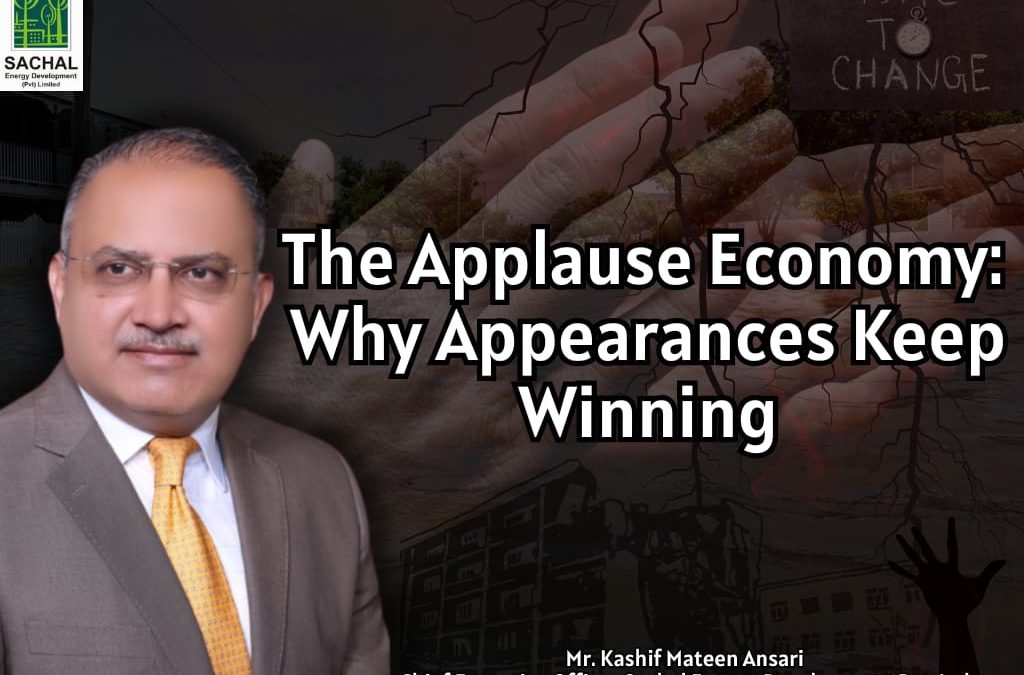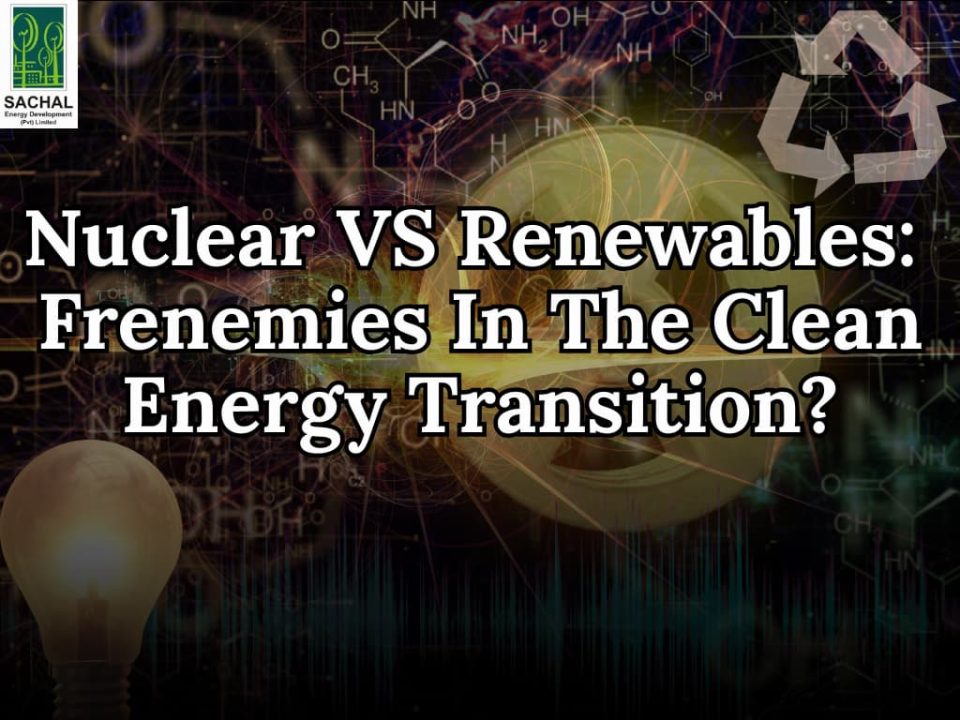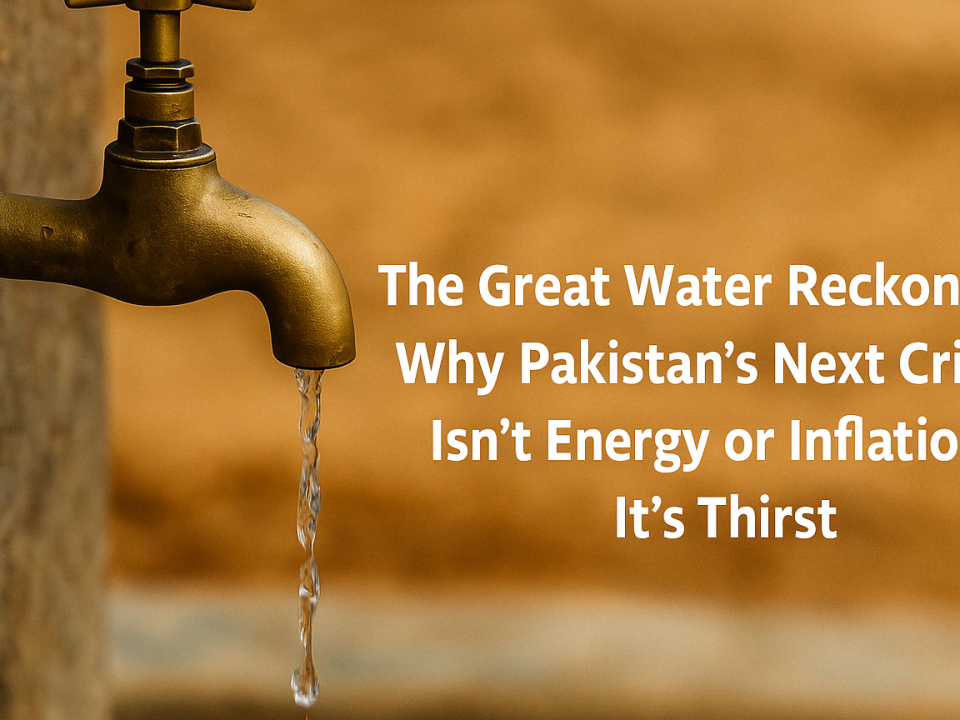
When the Lights Go Out | Article By Kashif Mateen Ansari
June 21, 2025The following thought-provoking article is written by our CEO, Mr. Kashif Mateen Ansari.
Long before the age of steel and drones, power was displayed through stone and blood. The Roman Colosseum didn’t solve poverty, but it silenced it. It didn’t feed the masses, but it distracted them. A crowd entertained is a crowd contained.
Today, the tools have changed but the playbook remains. Somewhere between climate distress and social unrest, a new kind of spectacle unfolds: ribbon cuttings, digital dashboards, concrete monuments. The hunger of the public is met not with bread, but with broadcast.
Somewhere in the world, a nation facing rising inequality and resource scarcity invests heavily in optics—gleaming underpasses, ornamental fountains, and a digital makeover for everything but governance. In the same week that its children drowned in unplanned floods, its leaders launched celebratory hashtags. Water poured from the skies, and from official social media feeds. One flooded the streets. The other flooded the narrative.
The questions that matter—education access, basic healthcare, resilience to climate change—get buried under press releases. Celebrations for infrastructure hide the fact that schools are shut when it rains. Speeches about AI and e-governance substitute for reliable drinking water or functioning clinics. The game is elegant: if the story looks good, who cares if the system works?
This is not new. The Roman Empire mastered this balance of neglect and theatre. Gladiators clashed in front of cheering crowds while the empire expanded inequality behind the scenes. The poor were given blood, the elite comfort, and the system applause. As long as the amphitheatre echoed with roars, the cries outside the arena could be ignored.
Centuries later, Suzanne Collins offered us a chilling allegory. In The Hunger Games, Panem’s Capitol keeps its districts subjugated not just by force, but by ritualised distraction. Tributes are paraded, battles are staged, and the suffering of the poor becomes a televised ritual. It’s not simply cruelty—it’s control through ceremony.
It’s hard not to draw parallels. In societies struggling with inflation, unemployment, and environmental collapse, the pageantry continues. Every opening ceremony becomes a message: we are progressing. Every drone-shot bridge becomes a symbol: things are getting better. Meanwhile, floods wash away entire livelihoods. Classrooms remain crumbling. Clinics stand without staff.
Even when nature intervenes—when the skies open and drown the earth in cloudbursts—the response remains ceremonial. Flood relief is announced before the waters recede. Ribbon cuttings are held for disaster funds before they reach victims. Climate resilience becomes a budget line, not a lived reality. No reservoirs, no localised storage systems, no water reuse innovation. Just the same cycle of suffering, performance, and neglect.
Public attention is limited. When it’s consumed by grandeur, it cannot focus on gaps. When citizens are applauding structures, they don’t notice the structures that are crumbling. That is the genius of spectacle: it feels like progress. It looks like vision. But it leaves behind a trail of silence—among the hungry, the jobless, the voiceless.
The spectacle also has an economic rhythm. Money flows into the visible, not the vital. Lavish metro stations receive more care than maternity wards. Stadiums are air-conditioned while rural clinics swelter. Software hubs gleam while school attendance rots. And always, the logic is the same: appearance is currency.
The impact stretches beyond budgets. It begins to reshape expectations. Citizens begin to demand visibility, not accountability. Leaders start managing headlines instead of outcomes. The state evolves into a showrunner. Governance becomes a stage.
It’s not a single government. It’s not one ideology. It’s a system that rewards appearance over performance. That sees the citizen as a spectator, not a participant. That budgets for ceremony, not care.
And the public, long trained to cheer, often claps along—because disappointment is tiring, and hope is a habit that’s hard to break. In the middle of this engineered applause, a quiet truth echoes: the people deserve more than spectacle. They deserve answers.
What if development was measured in dignity, not drone shots? What if we tracked how many children ate breakfast, not how many bridges were launched? What if governance was about quiet service, not noisy shows?
What if a mother didn’t need to wade through knee-deep floodwater to take her child to a doctor? What if a village school didn’t need a viral video before it received desks? What if youth, instead of waiting in visa queues, had reasons to stay and build?
What if we redesigned our metrics of success—not just GDP, but HDI, Gini coefficients, and actual well-being? What if we stopped mistaking debt-funded grandeur for genuine prosperity?
This isn’t a call to abandon infrastructure. It’s a plea to remember its purpose. Roads are not built to be admired. They are meant to lead somewhere. Where we go depends on what we value. And whom we listen to.
Because beneath the noise of the stage lies a simple fact: every time we choose optics over outcomes, we build not a nation—but a set.
And sets, no matter how dazzling, fall when the crowd stops clapping.
This article has been written by our CEO, Mr. Kashif Mateen Ansari, as an expression of his perspective on society, governance, and the real meaning of progress.





